The Ginger Beer Market is currently characterized by a dynamic competitive landscape, driven by increasing consumer demand for non-alcoholic beverages and a growing inclination towards natural ingredients. Major players such as Fever-Tree (GB), Bundaberg Brewed Drinks (AU), and Reed's Inc. (US) are strategically positioning themselves through innovation and regional expansion. Fever-Tree (GB), for instance, has focused on premiumization, emphasizing high-quality ingredients to differentiate its products. Bundaberg Brewed Drinks (AU) has been expanding its distribution channels, particularly in North America, to capitalize on the rising popularity of craft beverages. Meanwhile, Reed's Inc. (US) has been enhancing its product line with new flavors, appealing to a broader consumer base. Collectively, these strategies not only enhance brand visibility but also intensify competition within the market.
In terms of business tactics, companies are increasingly localizing manufacturing to reduce costs and optimize supply chains. This approach appears to be particularly effective in regions with high demand, allowing for quicker response times to market changes. The Ginger Beer Market is moderately fragmented, with several key players holding substantial market shares. The collective influence of these companies shapes a competitive structure that encourages innovation and responsiveness to consumer preferences.
In August 2025, Bundaberg Brewed Drinks (AU) announced a partnership with a major North American retailer to launch a new line of organic ginger beers. This strategic move is likely to enhance its market presence and cater to the growing consumer demand for organic products. By aligning with a well-established retailer, Bundaberg positions itself to leverage existing distribution networks, potentially increasing its market penetration and brand loyalty.
In September 2025, Fever-Tree (GB) unveiled a new marketing campaign aimed at promoting its premium ginger beer range in Europe. This initiative underscores the company's commitment to brand differentiation through quality and taste. The campaign is expected to resonate with health-conscious consumers, further solidifying Fever-Tree's position as a leader in the premium segment of the market.
In October 2025, Reed's Inc. (US) launched a new flavor infused with turmeric, targeting health-conscious consumers seeking functional beverages. This introduction reflects a broader trend towards health and wellness in the beverage industry. By diversifying its product offerings, Reed's aims to capture a niche market segment that prioritizes both flavor and health benefits, potentially enhancing its competitive edge.
As of October 2025, the Ginger Beer Market is witnessing trends such as digitalization and sustainability, which are reshaping competitive dynamics. Companies are increasingly leveraging technology to enhance consumer engagement and streamline operations. Strategic alliances are becoming more prevalent, allowing companies to share resources and expertise. Looking ahead, competitive differentiation is likely to evolve from traditional price-based competition to a focus on innovation, technology integration, and supply chain reliability, as companies strive to meet the changing preferences of consumers.




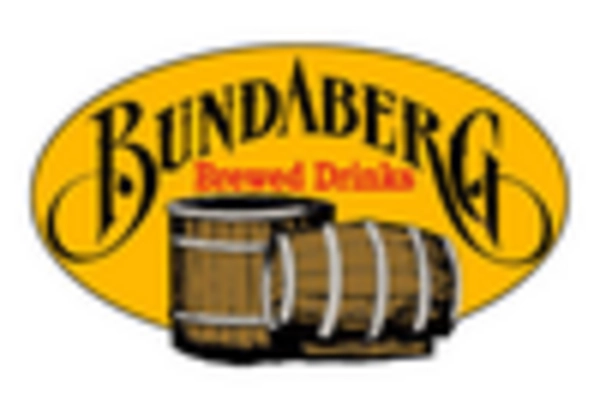

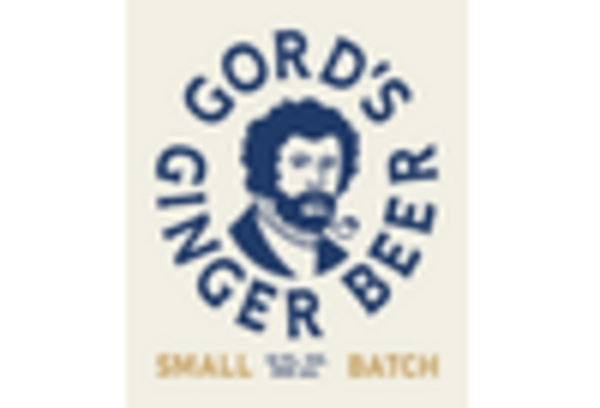
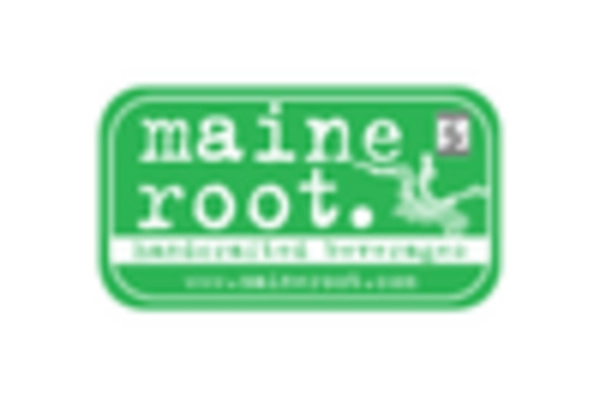
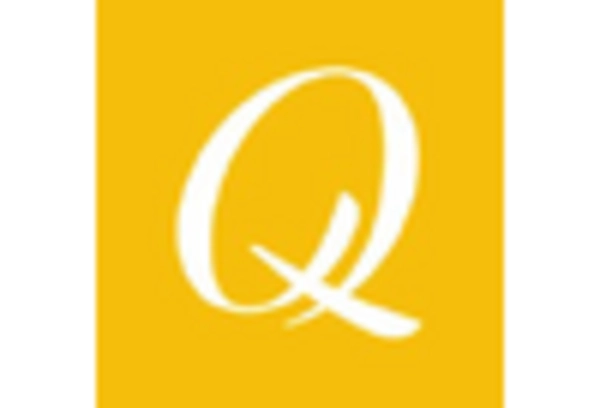
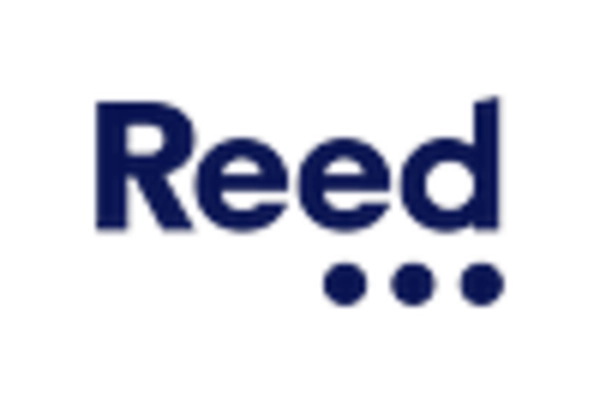








Leave a Comment